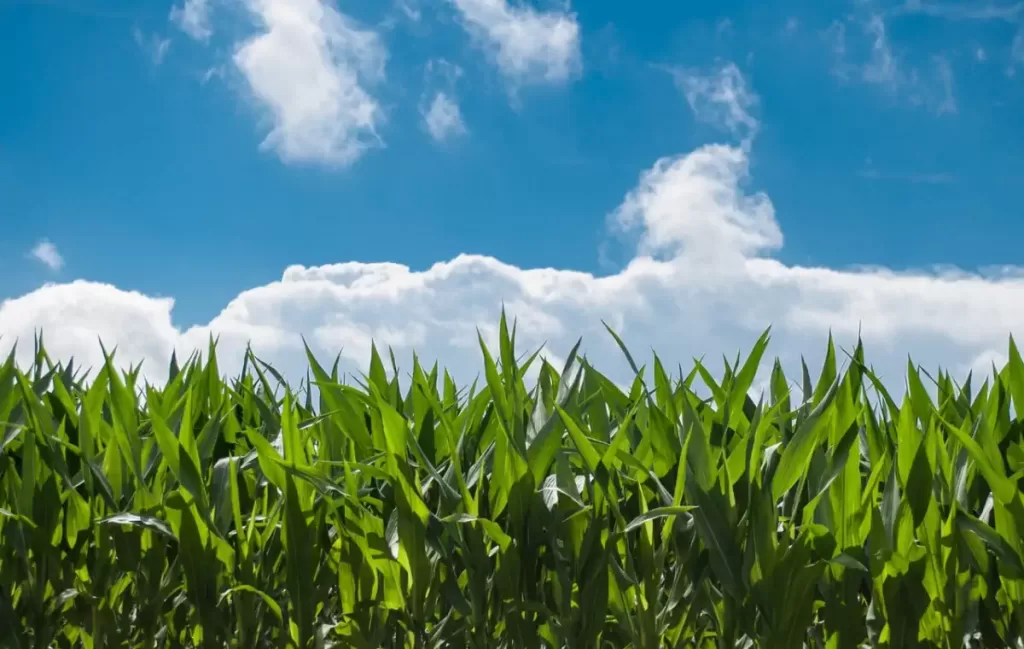2020 was not friendly to food sustainability. Restaurants struggled to meet conventional production rates during the pandemic. A decreased demand for food increased waste, generating sustainability challenges. In the Midwestern United States, potato farmers were forced to dump billions of pounds of potatoes in landfills when supply chain issues made it impossible to find a market for their produce.
These struggles shed a light on issues of waste in the way we produce, process, and distribute food. Creating a more sustainable process requires all hands on deck – from individuals changing the way we shop and eat to industrial facilities embracing better ways to track, store and distribute food. Here’s what needs to change to reduce food waste.
Studying Consumption Patterns
Restaurants and grocers can more efficiently prevent food waste accumulation by studying consumption patterns. Not only does this reduce the risk of over-purchasing wasted produce, but it’s also just good business practice for industries operating on tight margins.
It can help to follow food trends, purchasing more of what clients eat. Plant-based and gluten-free diets are on the rise, affecting consumer habits. Restaurants may order less meat and wheat products, limiting food waste as the trend increases.
The food industry may additionally evaluate local weather patterns, altering their orders for efficiency. Southern restaurants may purchase fewer perishable goods during hurricane season in case of power outages. Northern businesses can invest in canned goods during the snow season, preparing for consumer limiting road closures.
Expanding Urban Storage
Restaurants can also decrease food waste by expanding urban storage facilities and technology. Researchers predict the current 3.3 billion residential city population will reach 4.9 billion in the next decade. As individuals move away from agricultural regions – farther from where food is produced – companies must expand preservation techniques.
Nearly 14% of the food supply ends up in the garbage before reaching restaurants and grocery stores. Inadequate storage space and technology limit the preservation of agricultural yields.
Companies can increase the stability of preservation processes by constructing better storage buildings. Green building techniques can do wonders here – taking care to seal building envelopes against environmental factors, keeping the construction process lean and efficient, and embracing sustainable initiatives like renewable energy.
Cold storage is becoming trendier than ever due to the rising need for supply chain solutions and cold vaccine storage in the modern world. As we build out the facilities that will process and store our food, looking for opportunities to make them efficient and sustainable is key.
Gardening & Localizing Produce
While gardening might not seem like a full-scale solution to food supply chain issues, it can make a difference at the local level. Restaurants can significantly decrease their food waste production by developing a fruit and vegetable garden. Bringing the source on-site increases the preservation and longevity of food. It also reduces production and transportation pollution.
Individuals can do this at home, too. Learning to garden more sustainably can help us manage our own food waste. Keeping your tomatoes on the vine until you need them extends their life span. Vegetables remain fresh for longer when attached to their original source.
Then, consider whether you really need to toss the odds and ends of fresh-grown produce. Regrowing fruits and vegetables is easy when using a bit of water and sunlight. You can place the end of a head of lettuce in a cup of water, covering two-thirds of its end. Over time, the vegetable will grow, and you can continue developing it for reuse, generating a sustainable closed-loop cycle.
Letting Go of Aesthetics
Many grocers and restaurants only utilize aesthetically pleasing produce, throwing away bruised or damaged items. Over time, the waste generated from visible flaws creates a significant quantity of garbage. One way to reduce this problem is to educate staff and the public about the benefits of “ugly” produce – whether you learn to embrace it or mask it creatively in prepared dishes.
There are also improvements our produce at the source. Environmental engineers developed genetically modified organisms (GMOs), limiting browning and bruising. They also generated fruits and vegetables with more vibrant colors, enhancing their look. Increasing the aesthetic efficiency of agricultural outputs decreases restaurant food waste.
GMOs also increase the stability of crop yields, which is critical for feeding the world. Some crops resist droughts and flooding, limiting agricultural waste. Fruits and vegetables take a significant amount of water and energy to develop. When they end up in the trash, their emissions and pollution become unnecessary.

Benefits of Reducing Food Waste
Food requires a significant quantity of water and energy to produce. It takes 1.1 gallons of water to grow a single almond. Without adequate storage methods or consumer predictions, a bottle of almond milk can turn bad before an individual uses it.
When food ends up in the garbage, the resources used in its production process become unnecessary, adding to surface and atmospheric pollution. Now more than ever, it is essential to reduce water and soil exploitation. As Earth’s temperature continues to rise, the increased evaporation rate depletes freshwater sources.
Restaurants can limit water scarcity by reducing food waste. The practice additionally enhances a business’s sustainability, appealing to the eco-consumer. Meeting customers’ demands can significantly increase a restaurant’s profitability.
Making a Difference in the Food Industry
Individuals can decrease waste in the food industry by voting with their dollars. Purchasing meals from low-waste restaurants can increase the demand, influencing other businesses to adopt similar practices. Companies can improve their sustainability by receiving a food waste audit, increasing their awareness and ability to change.
- 9 Myths and Facts About Environmental Toxins - January 4, 2023
- Top 6 Deadliest Hurricanes ever recorded - November 7, 2022
- Are All-Electric Homes Feasible in the Near Future? - September 25, 2022

